May 19, 2024 | 11:45 GMT +7
May 19, 2024 | 11:45 GMT +7
Hotline: 0913.378.918
May 19, 2024 | 11:45 GMT +7
Hotline: 0913.378.918
According to the provincial Department of Agriculture and Rural Development, Bac Lieu sows autumn-winter rice later than other Mekong Delta provinces, in early October.
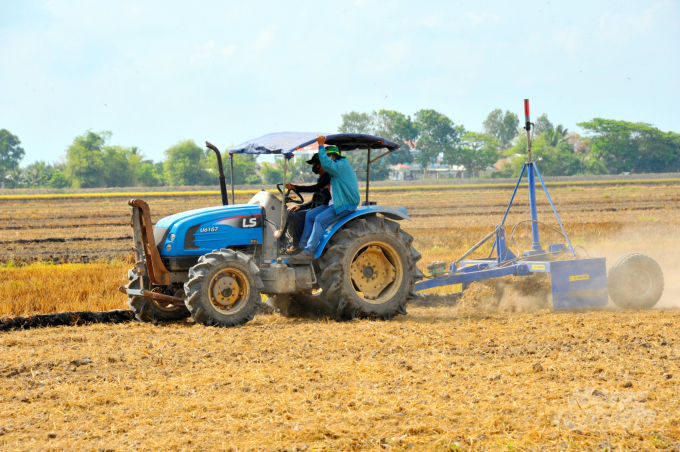
Due to rising input costs, particularly fertilizer prices, many farmers in the Mekong Delta have accepted abandoning the autumn-winter rice harvest, leaving the field to dry and waiting for the next rice crop. Photo: Hoang Vu.
Rice prices remain low, but those of inputs such as fertilizers and rice seed continue to rise, prompting farmers to skip the crop and wait until the winter-spring crop of 2021-2022 to plant.
Besides, the Covid-19 pandemic scenario is complicated and has a significant effect on the production process, and farmers are concerned about a recurrence of the previous summer-autumn crop's cutter scarcity.
Farmer Duong Tan Kich, cultivating on a padded field in My Hoa village, renovated the field after the harvest of summer-autumn rice and also bought rice seeds in preparation for planting a new crop. However, he decided to abandon the endeavor since no one grows this crop.
According to the Bac Lieu Department of Crop Production and Plant Protection, the whole province is projected to plant 44,300 hectares of autumn-winter rice in 2021. However, farmers have only decreased their holdings to 15,000 hectares to far.
The agriculture sector proposes extending the planting period until October 10 to ensure completion, although the extra land available will be little.
The scenario is similar in Hau Giang, where many farmers skipped autumn-winter rice crops due to the escalating cost of raw materials.
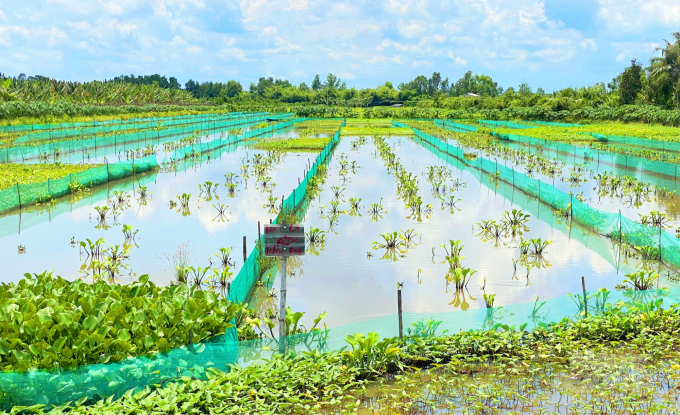
Due to the high cost of raw materials, many farmers chose to raise aquatic products in the floating season in the field instead of the risky 2021 autumn-winter rice crop. Photo: Hoang Vu.
Nguyen Van Thich, Deputy Director of Tan Long Agricultural Cooperative (Tan Long Hamlet, Vinh Tuong Commune, Vi Thuy District, Hau Giang Province), is now engaged in charitable work, caring for those in need because to the Covid-19 epidemic.
This leisure period is a consequence of the cooperative's members' decision to forego the autumn-winter rice harvest in 2021, leaving almost 150 hectares of land to rest and dry. According to Thich, several families in the region do not stop at the same time and continue harvesting rice spontaneously; the rice has been picked, but the yield is low.
According to Nguyen Thanh Thuy, Deputy Head of the Hau Giang Sub-Department of Cultivation - Plant Protection, farmers in the province have so far planted 35,358/36,000 seeds as planned. Currently, the majority of the land is in the process of formation and growth - ripening. Harvesting has begun in certain early planting regions, producing less than 6 tons/ha.
“Normally like every year, each hectare of rice land here has an investment cost of about VND 11-12 million per crop. But with the current surge in prices of materials, especially fertilizer, the additional cost is at least 45 - 50%. When the production is started, the cost will skyrocket to VND 17-18 million per ha as a result. With such rising prices, it is difficult to make a profit, while the price of rice tends to decrease, ” Thich explained.
According to experts, fertilizer alone accounts for about 30% of the cost of rice cultivation. Thus, the recent surge in fertilizer costs may be attributed to a significant portion of the high cost of rice cultivation, rendering farmers unprofitable in the autumn-winter rice harvest of 2021.
If fertilizer costs do not "cool down" in the near future, not only the autumn-winter crop, but also the winter-spring rice harvest in the Mekong Delta in 2021-2022, would face many significant problems.
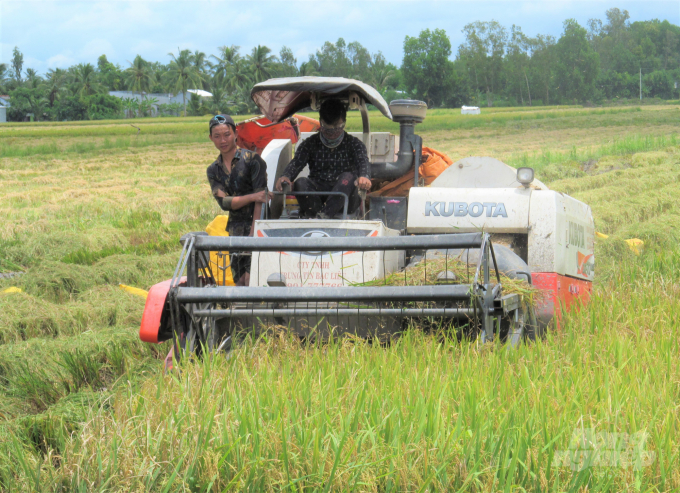
Some regions in the Mekong Delta has harvested early autumn-winter rice, production costs are high, while resale prices are low, making farmers unprofitable. Photo: Trong Linh.
According to Truong Kien Tho, Deputy Director of An Giang Department of Agriculture and Rural Development, the province planted more than 160,000 hectares of autumn-winter rice in 2021, based on the findings of a study on the average amount of fertilizer used per hectare in An Giang throughout the year. Fertilizer use for the autumn-winter crop is about 88,830 tons, with urea accounting for approximately 31,761 tons, NPK accounting for 22,302 tons, DAP accounting for 19,787 tons, and potassium accounting for approximately 14,978 tons.
According to Tho, the current price of the summer-autumn crop 2021 in An Giang is VND 4,197/kg, while the average price of the autumn-winter crop from 2017 to now is 4,017 VND/kg of rice. However, fertilizer prices will have the greatest impact on production costs. As a result, the autumn-winter crop of 2021 will have an excessively high production cost due to the continuing increase in fertilizer prices.
According to Nguyen Minh Hung, Director of the An Giang Department of Industry and Trade, fertilizer goods have grown significantly in recent years.
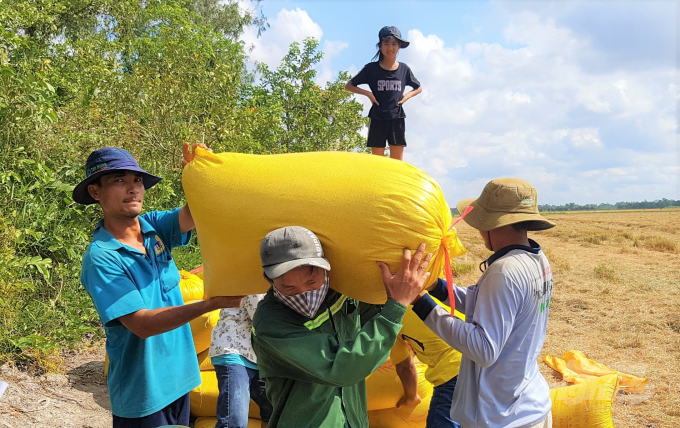
Mekong Delta farmers harvest autumn-winter rice 2021 in a bad mood when investment costs are so high that they "swallow" up their profits. Photo: Trong Linh.
In summary, the price of fertilizer in the province is at its highest level in four years, having risen by about 20% to 70%, depending on the kind, since the beginning of the year. Additionally, in comparison to certain locations in the region, such as Can Tho City, the price of fertilizer in provinces such as Kien Giang and Dong Thap varies by approximately VND50-100/kg (high/low) depending on the kind of fertilizer.
With a fertilizer usage of over 350,000 tons per year (nearly 5% of the country's total fertilizer output), farmers have been dissatisfied with autumn-winter rice production, and the next harvest will be the winter-spring crop in 2021 - 2022.
Nguyen Vinh Phuc, Director of the Sub-Department of Crop Production and Plant Protection in Vinh Long, stated that farmers in the province had planted more than 42,000 hectares of autumn-winter rice, achieving 90 percent of the goal. Over 5,000 hectares have been harvested to far, producing approximately 6 tons/ha.
However, since the price of fertilizer rose excessively while the price of rice remained very low, the profit was lower than anticipated. High grade rice is presently priced between 5,200 and 5,300 VND / kg, whereas poor quality rice ML202, IR 50404 is priced below 5,000 VND / kg. Farmers that plant high-quality rice may still earn a little profit at this pricing, whereas farmers who sow low-quality rice are deemed unprofitable.
According to An Giang Department of Finance's yearly production cost survey statistics, there are 11 variables that directly influence production costs, with raw materials accounting for 81.4 percent and labor accounting for just 18.6 percent.
While raw materials play a significant role in determining production costs and pricing, there are four major variables that influence manufacturing costs. The first is fertilizer costs, which account for the lion's share of 25.1 percent. The second factor is the cost of insecticides, which is 18.45%. The third factor is harvesting costs, which account for 9.42 percent. The fourth factor is the cost of seed, which accounted for 8.74 percent of the total.
Translated by Linh Linh
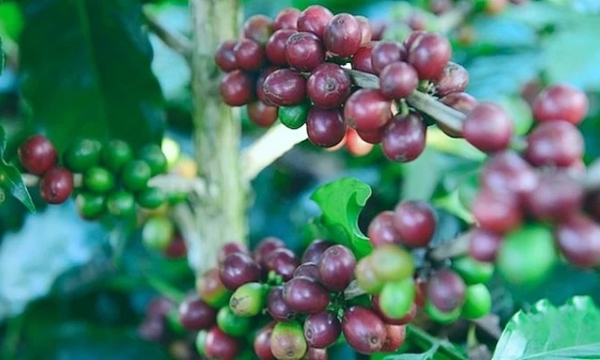
(VAN) Coffee prices on 05/18/2024 surged globally. Domestic coffee prices have increased by VND 3,000, trading in the range of VND 103,500 - 104,200/kg.
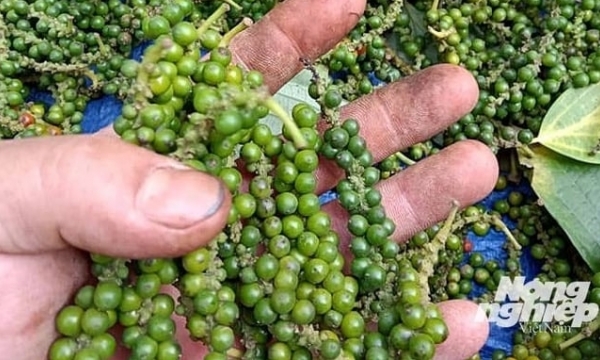
(VAN) Pepper prices on 05/17/2024 surged by an additional VND 7,500. The domestic pepper market is now trading at VND 112,000 - 113,000/kg.
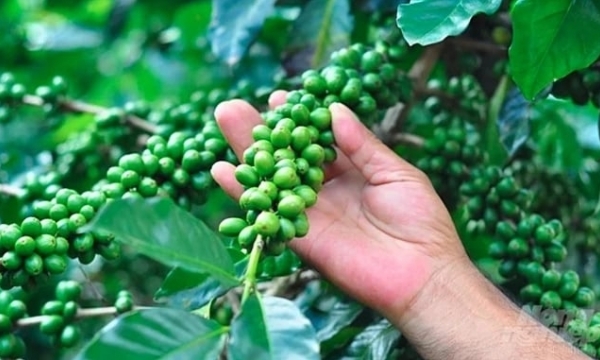
(VAN) Coffee prices on 05/15/2024 surged significantly. Domestic coffee prices increased by VND 2,000, reaching the range of VND 100,700-101,800/kg.
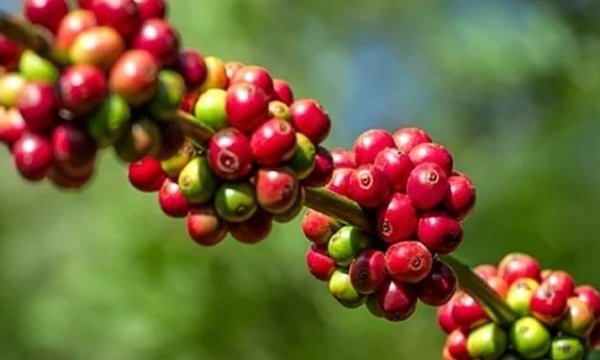
(VAN) Coffee prices on 05/13/2024 domestically and globally remain stable. Currently, domestic coffee is trading around the range of VND 100,000 - 105,000/kg.
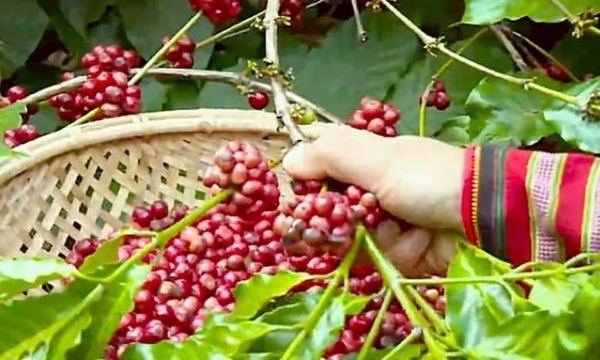
(VAN) Coffee prices on 05/12/2024 are hovering around VND 99,500 - VND 100,000/kg. This week, domestic coffee prices have dropped by another VND 1,500.
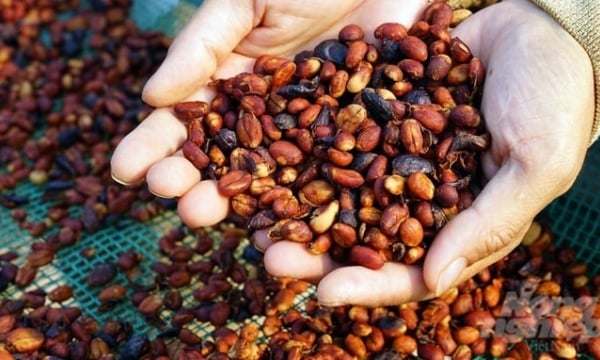
(VAN) This year's jackfruit coffee crop is in season, with prices ranging from 12,000 to 13,000 VND/kg of fresh fruit, a doubling from previous year.
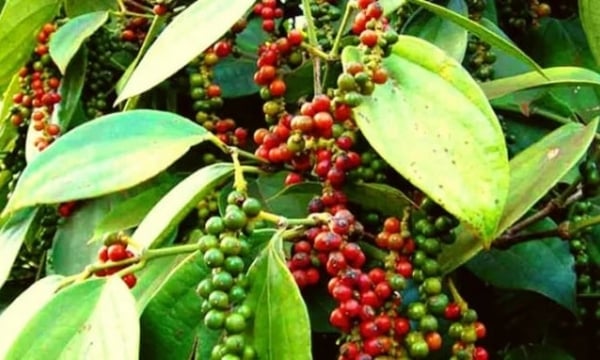
(VAN) Pepper prices on 05/11/2024, have slightly decreased in Binh Phuoc province. Currently, domestic pepper is trading around VND 101,000 - 102,000/kg.